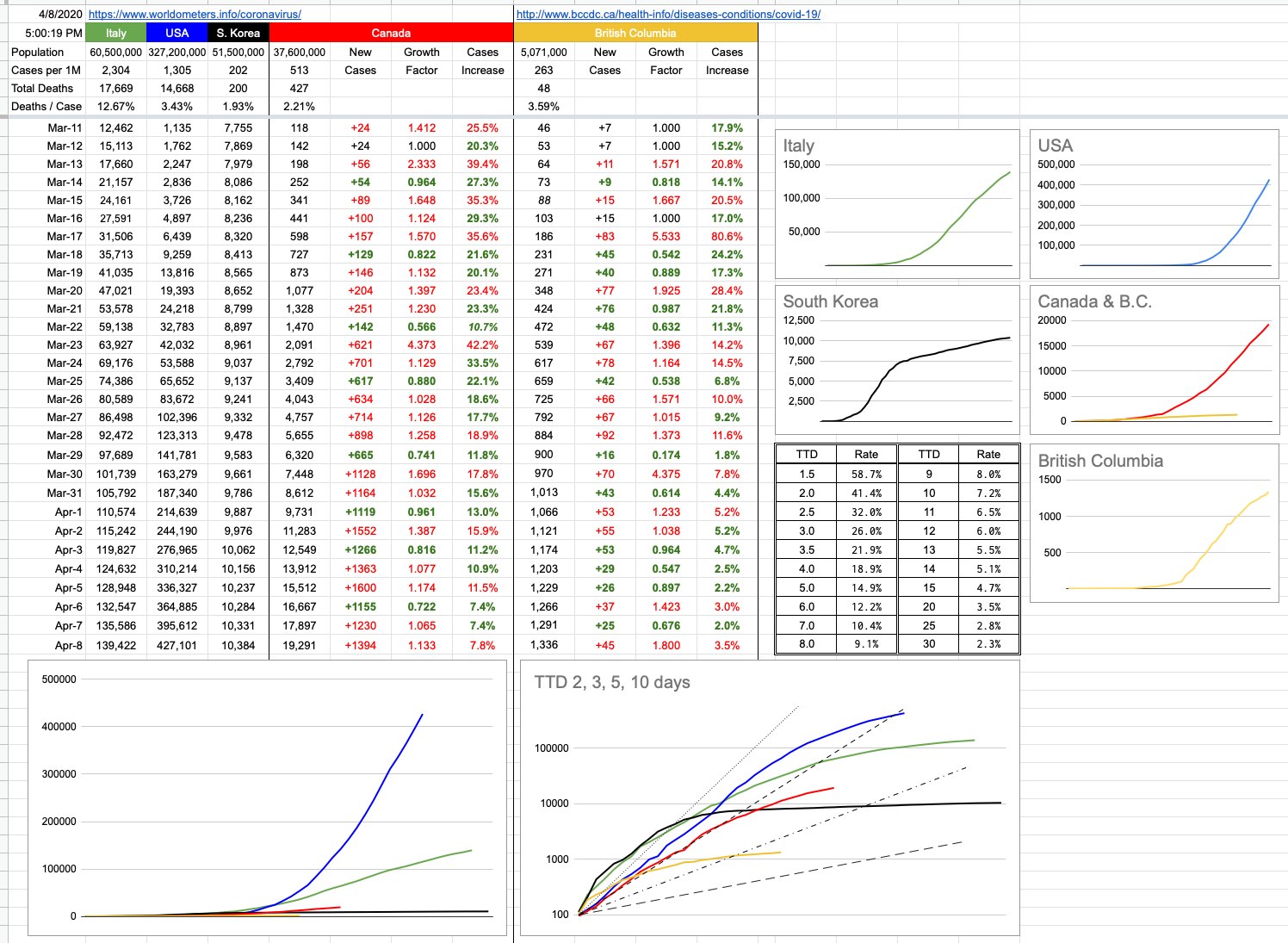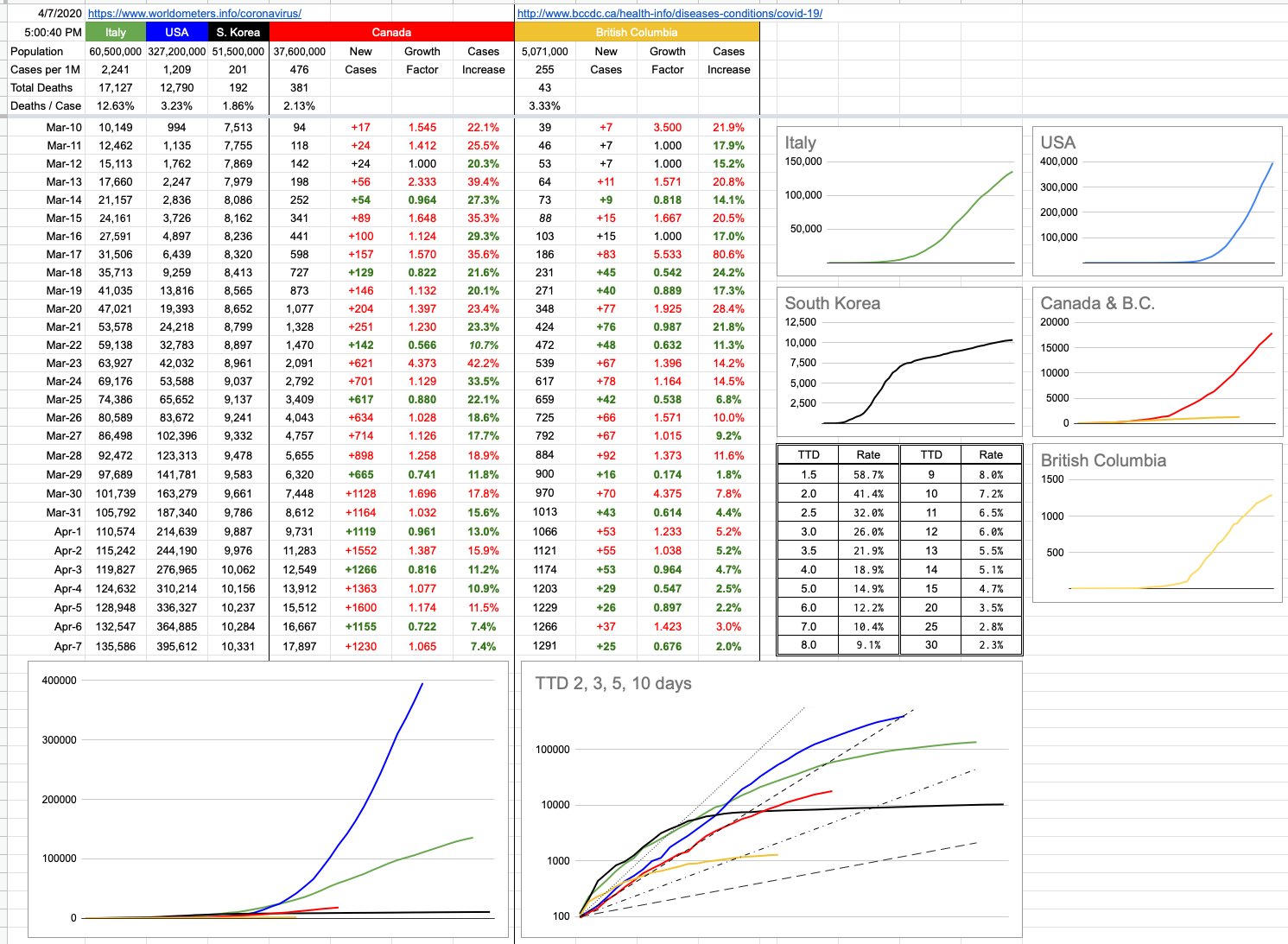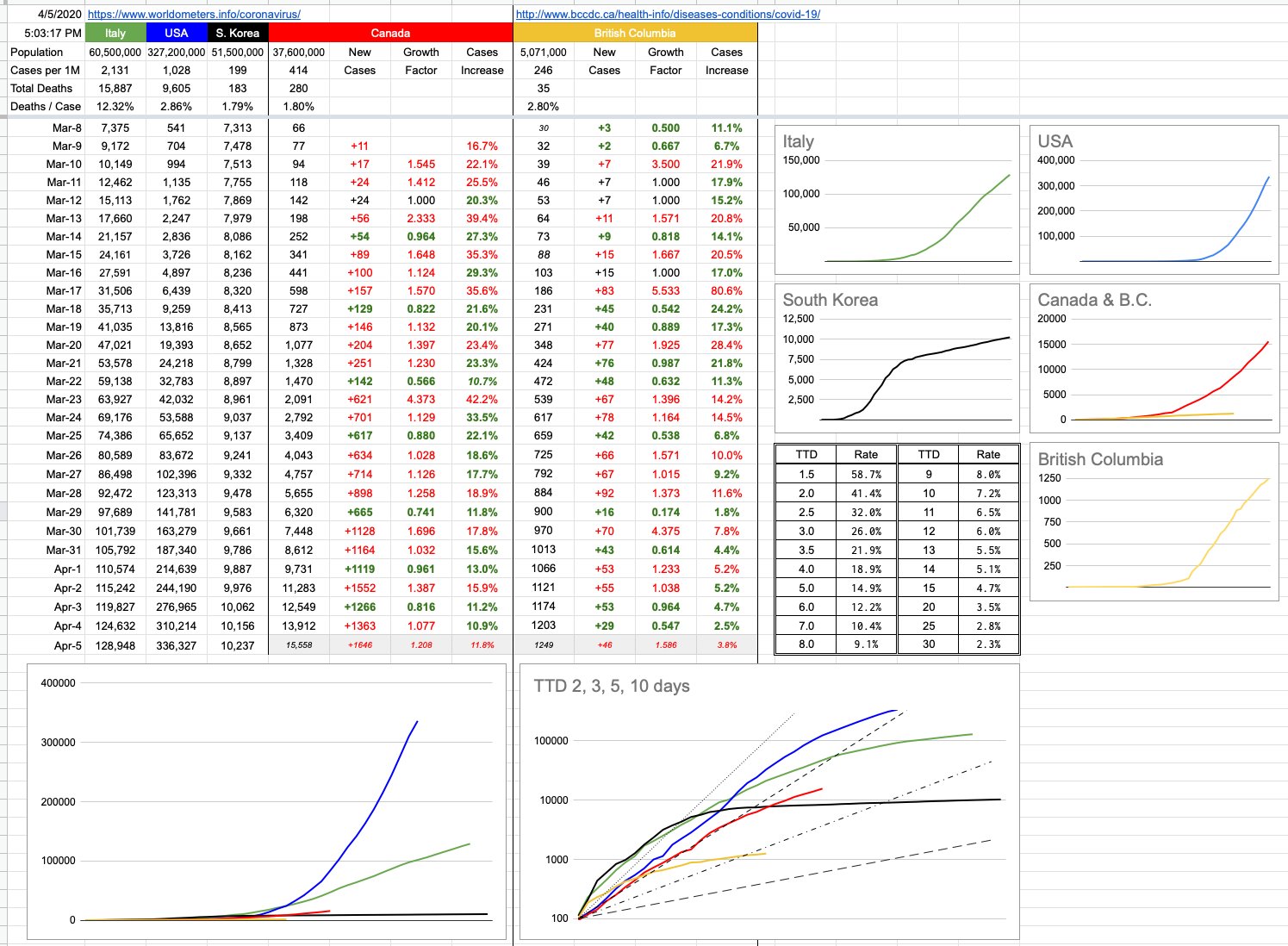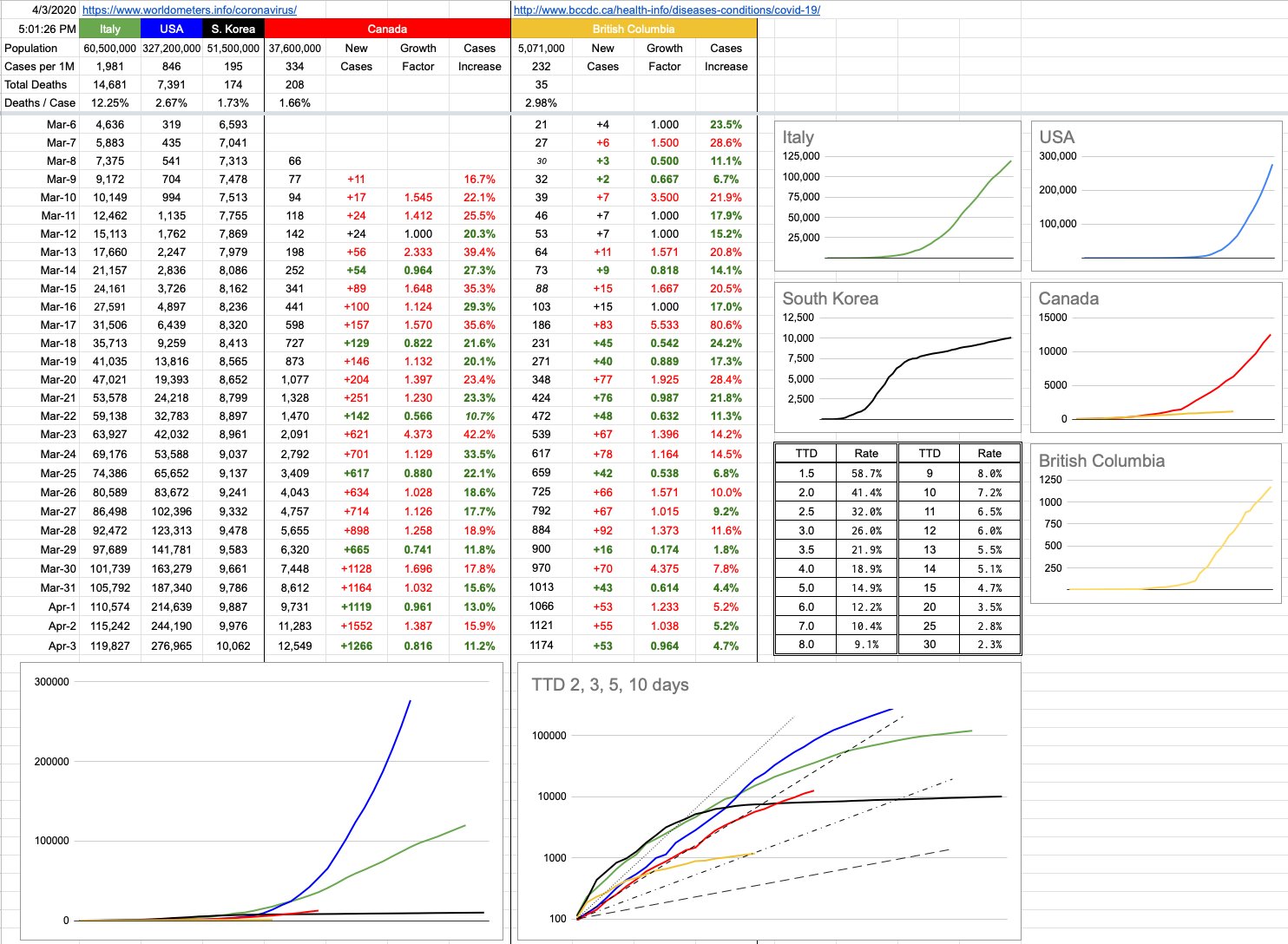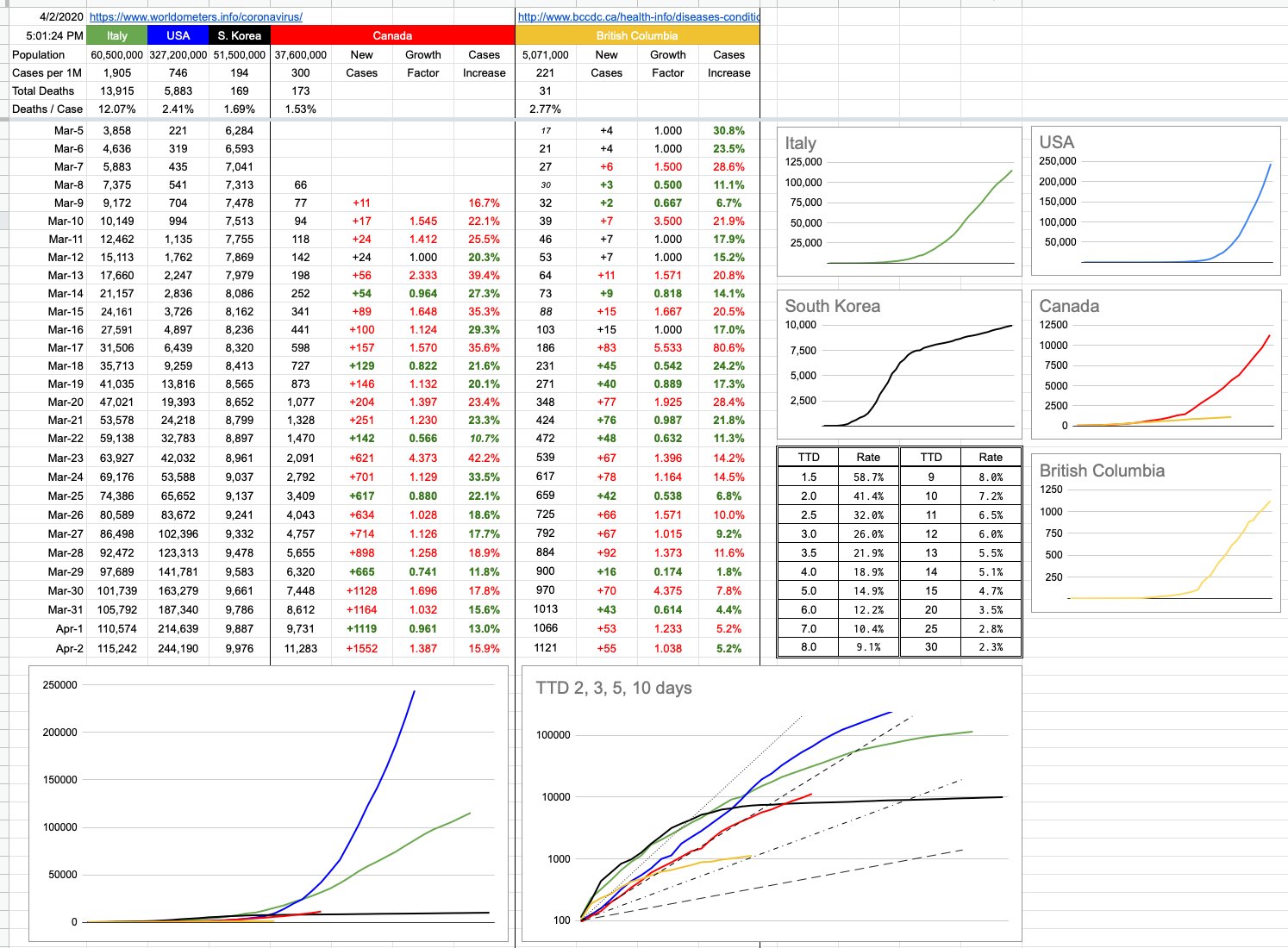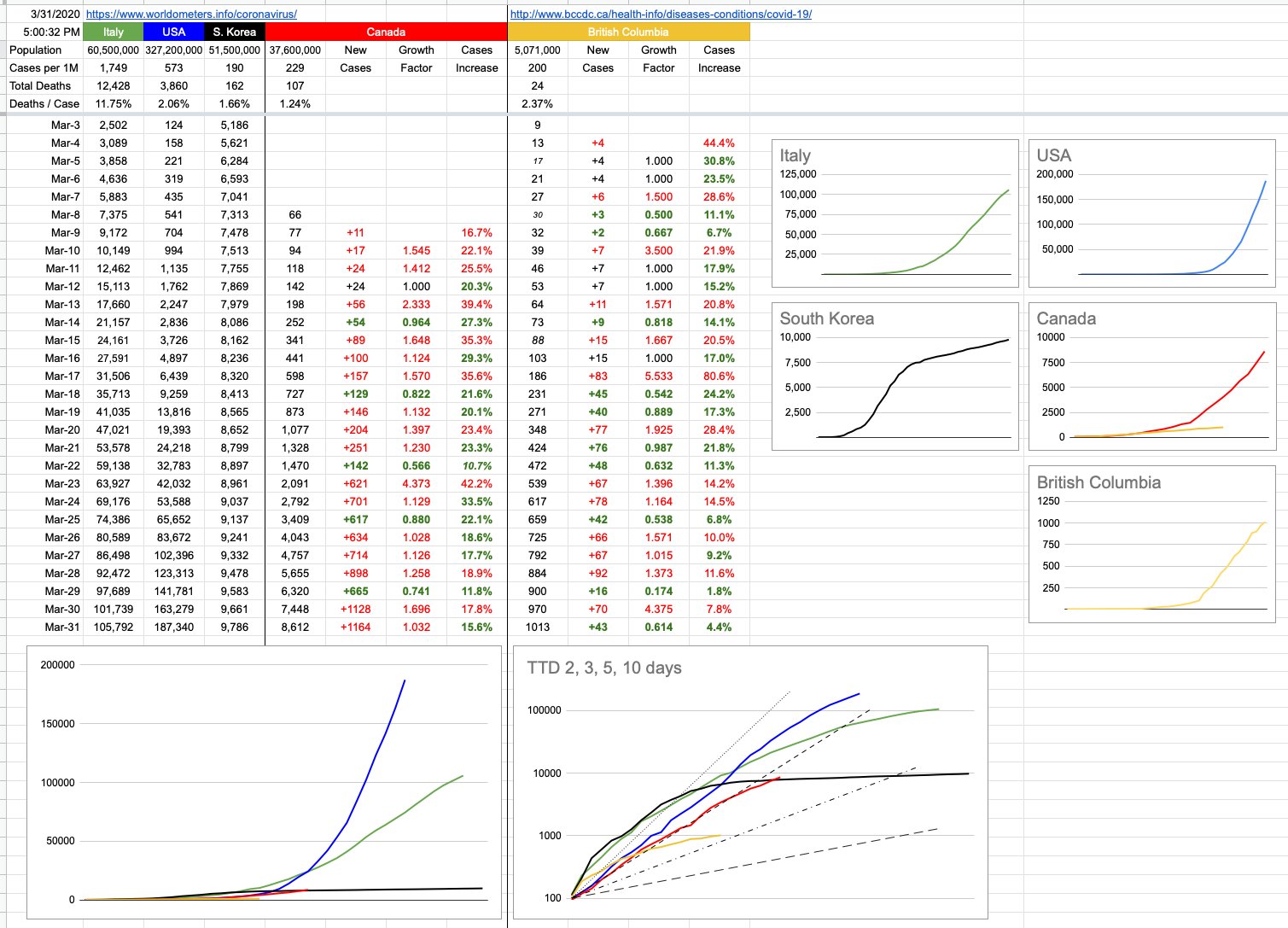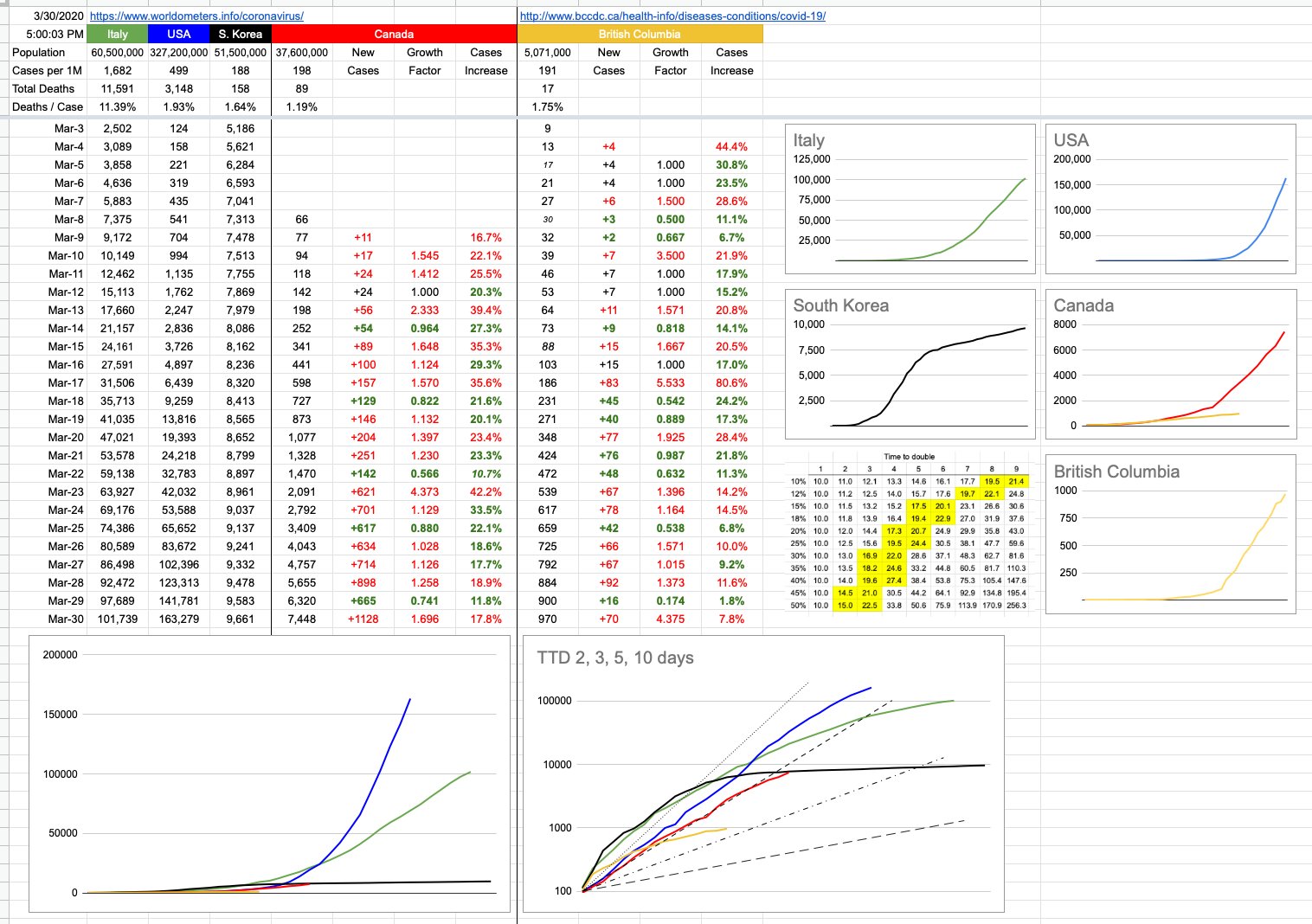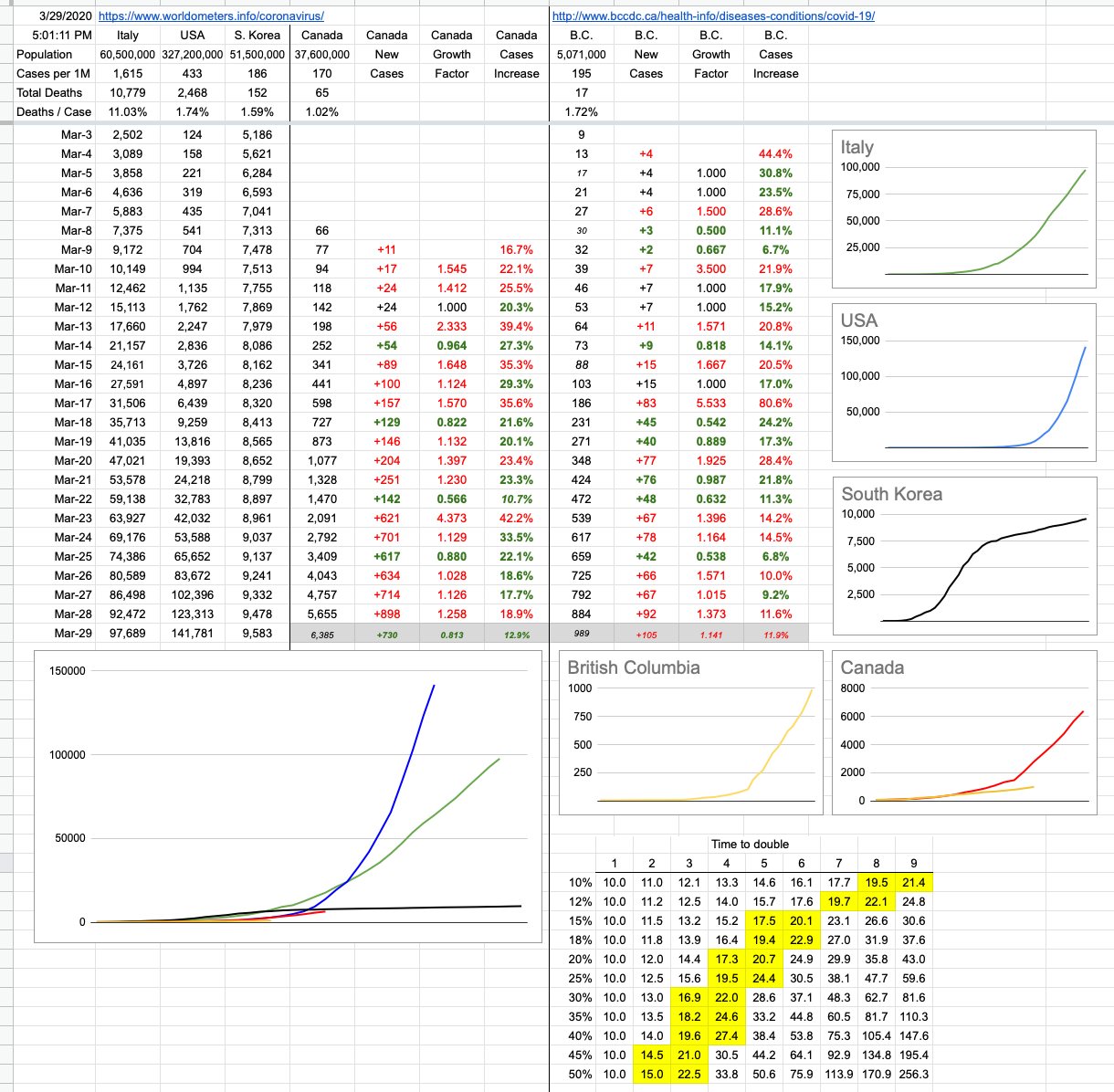Day 23 – April 8, 2020
Back in 2007, a friend approached me. He’d started a company some years earlier, and it had reached a turning point. We talked about what it needed to take it to the next level, and I saw enough potential in it to get involved. He was the CEO, he had a vision, and I shared it. OK, let’s do this. As part of it, I also brought in one of my closest friends, and together we built it from a handful of people to an industry leader. In reality, those two built it with their day-to-day hard work. I just threw in my two bits when needed. Early last year, we sold it to a much larger company. A very nice success story.
Yesterday, I had a Zoom call with those two. One of them is the former CEO. The other is the former president, but still runs what used to be our company as a subdivision.
And it wasn’t a great call… just an update to let us know that our acquirer, themselves now facing top-line revenues that were 15% of original projections, had to let a lot of people go, including many of the key people who’d help build our success story. It knocked our piece right back to 2007. The worst part of it was hearing the names… these great, talented people who’d been such an integral part of building this thing… all out of a job.
Also yesterday, I had a very nice chat with a reporter who covers horse racing. She wrote a very nice article which you can see directly below this post. As much as it was a discussion about me and these posts, it also got into a much larger discussion with respect to the horse racing industry and the people it employs… including her. A sports reporter without any sports to write about… now what.
Like so many businesses and industries and people these days, very few have worst-case scenarios designed to deal with zero revenue. A pub might have a great month because the weather was good and the patio was open and jammed with people enjoying the sunshine. Or what could have been a great April and May were not, because the Canucks missed the playoffs. The guys in the offices have lots of fancy spreadsheets where they plug in numbers and run lots of different “What If” scenarios. But none of them ever plug in zero at the top, because zero at the top means you don’t have a business. Unless you’re Apple, and sitting on hundreds of billions of dollars in cash, you’re presently in completely uncharted territory.
Having had that discussion about horses yesterday, I woke up this morning really missing it. This beautiful sunny morning, exactly the sort of day where in that parallel universe — the one where the Canucks clinched a playoff spot a few days ago and are preparing for round 1 — I’d be heading off to the backstretch at Hastings Park, where I’d park myself at the gap, the rising sun behind me to the East, and watch horses, some of them mine. The smell of the barns, the hay, the horses, the mud. The sound of distant hoofbeats getting louder as the horses approach, and then fade away as they round the turn. The sight of these beautiful animals in full flight, sun glistening and steam rising off their bodies. Words don’t do it justice… but if you’ve never experienced it, that might give you some idea.
And then there’s the people, of course. I miss that crowd… the backstretch of any racetrack is its own society, and for lack of a better way of describing it, a “flat” one. Whether you’re the wealthy owner writing cheques or whether you’re the hard-working groom who’s up at 5am mucking stalls, everyone is there for the same reason, that same passion. Anyone can — and does — talk to everyone else, at the same level. An eclectic collection of peers. But there is also a big difference… for me, this is just a hobby. For them, it’s their livelihood, and in some cases, their home. There is uncertainty at every level.
Those of you who think you’re considered to be nothing more than expendable little cogs in a big machine… I assure you, you’re not. Whether you were writing software or serving beers or mucking stalls… and now, for the moment, are not… there is someone, somewhere… in a cramped little office, after a sleepless night, stressed out looking at a scary-looking spreadsheet. That spreadsheet these days has a lot of red numbers. And that guy feels bad. Really bad. Not because he’s not rolling in the cash, but because he knows you have rent to pay and mouths to feed. He wishes he could do more for you, and in many cases, he does. He wants that light at the end of the tunnel as badly as you. He wants you back at work. He wants to have work to give you.
I think if I ever had to go to prison, and were given a choice…. one option is a 10-year sentence. The other, unknown: you might get out tomorrow. Or, you might never get out. Every day, the same thing. Maybe you’re going home today. Maybe you’re not.
Given what I’m experiencing today… indeed, what we’re all experiencing… I think I might go for the 10 years. That’s a dreadfully long time to be locked away, but at least you can wrap your head around it. Set goals, set expectations, figure out how you’re going to fill that time.
I think what a lot of us are feeling these days is the despair that comes along with the uncertainty. Tell us when we can get back to normal goddammit… just tell us. I get it, and I feel it too. I don’t have the answers either, but one of these days I’ll give my version of what I think that finish line looks like… because there is one… the when and how. It’s on the horizon, but nobody is quite sure how distant… yet.
For now, we’re here today, so let’s look at some numbers…
It wasn’t a great day out East, as far as numbers go… but it’s actually not as bad as the first impression might imply. Ontario saw an increase of 550 confirmed cases, which is a jump of 11.6% from the previous day… but the average increase over the last three days there is only 9.3%… and the 3 days before that were 13.1%. And the three days before that were 17.9%. While I’m at it, let’s do the same for Quebec… their 3-day average daily increase including today is 7.9%. Three days previous, 13.2%. And the three days before that, 17.3%. As far as trends go, this is exactly what you want to see. A one-day spike doesn’t necessarily imply a sudden, drastic turn of events. Indeed, here in B.C. we saw 45 new cases… which is the highest one-day increase in 5 days. But then again, it’s only an increase of confirmed cases of 3.5% over yesterday.
Everyone — just listen to your respective chief medical officers. And if you don’t like what yours is saying, listen to ours — she’s awesome, and she’s right. We’re doing it. It’s working. It’s not magic; it’s science. But we’re not there yet. Stay at home, physically isolate, and do your part… we’re getting there.
View Original Post and All Comments on Facebook


